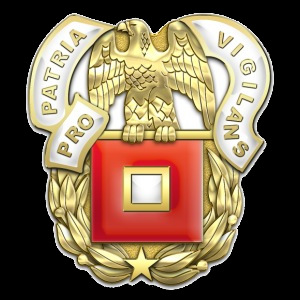All the way back in 1992 I was interested in Morse code, I purchased a Morse code tape cassette and listened to back and forth to work in my Geo Metro. I never really did pick it up, I suppose because I didn’t have anything to practice with or some driving factor like a radio to train for. I even put it on my evaluation support form as a personal goal in 2003. But now finally, in 2017, I am making (slow) contacts with Morse/CW. I took a class with CW Academy, and it was a very good instructor led, distance learning program.
http://www.cwops.org/cwacademy.html
If you have also wanted to learn Morse, but have difficulty self-learning the skill, sign up for one of their classes.
